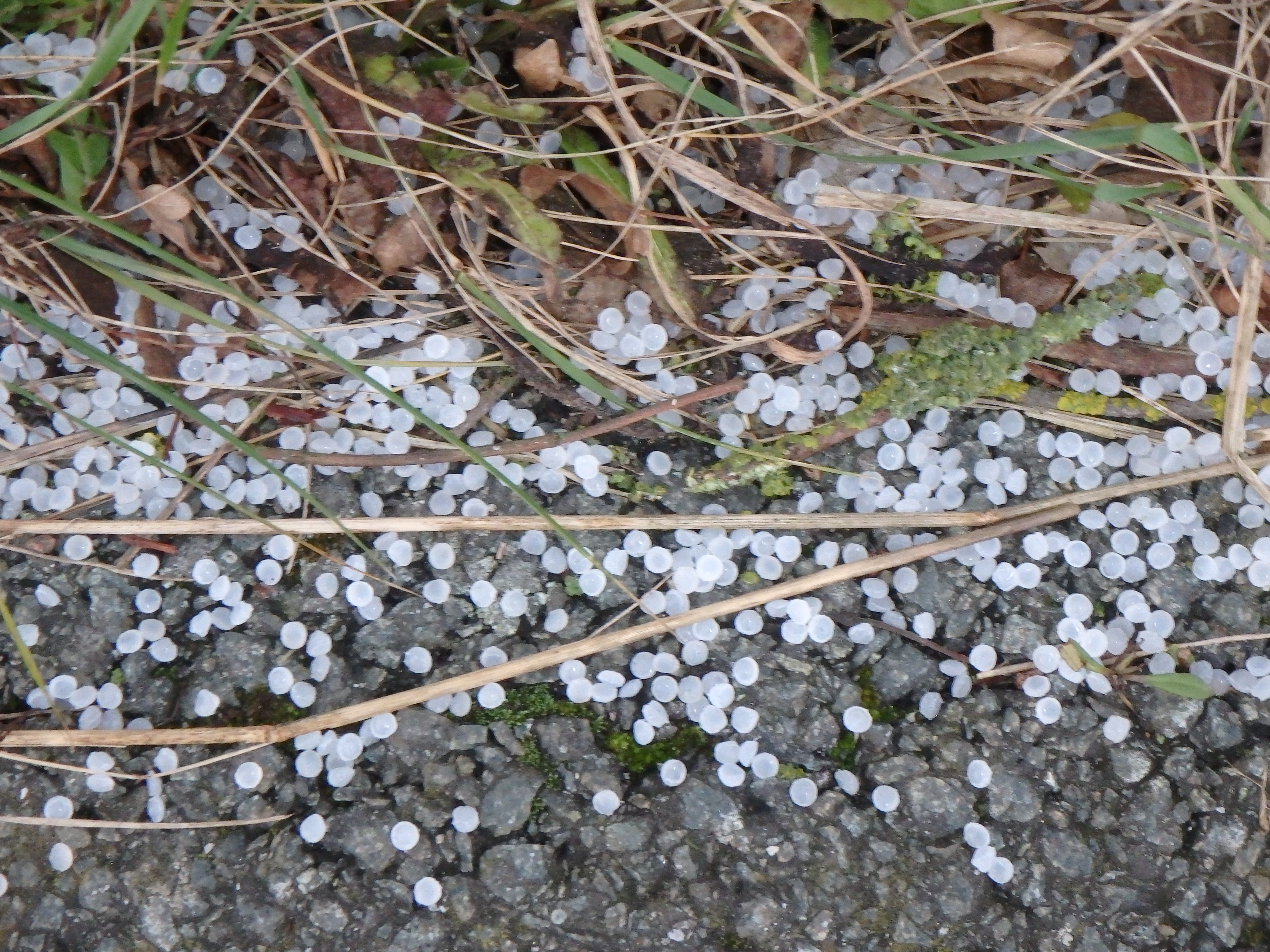What is less than 5 millimeters big and fills up the oceans? Forget about plankton, today we’re going to talk about microplastics. A toxic artificial species and invisible to the naked eye, whose impacts are not to be taken lightly. Surfrider invites you to take an interest in this health, environmental and political issue as part of its Voice for the Ocean campaign
Microplastics: a large scale problem
We constantly witness the same consequences, 80% of the waste found at sea come from inland and 80% of this waste is made of plastic. For more than ten years, microparticles (micro plastics) have been massively found in water samples collected by researchers networks. Worried by their presence, experts from Surfrider and several environmental NGOs have also started grasping this complex issue.
The challenge: prove the impact of micro plastics on environment and human health, get back to their origin and quantify them in order to prevent the pollution they cause. Finally alert all stakeholders about the dangers they represent.
Various origins
Studies show that from the 3 first sources of primary micro plastics, some are unsuspected. Like the abrasion of tires on the road, or the washing of clothes made of synthetic fibers which reject a significant amount of microplastics in the ocean. These are carried out through the sewage channels and then by the streams.
Micro plastics added in products and cosmetics follow tirelessly the same way as they are not filtered by water treatment plants (see more in this article).
Plastic can also be rejected in the environment in its pure form. According to Eunomia, 230 thousand tons of plastic pellets, used for the production of plastic objects, were lost at the bottom of the ocean following an accident.

The current state of the research?
All studies conducted on the subject are formal: plastic is a real fixing agent for the chemical molecules existing in water or coming from human activity, like pesticides or hormones. Micro plastics therefore transport toxic molecules that transit through the food chain. In addition, the substances contained in some plastic additives (bisphenol A, phthalates) are endocrine disruptors and they could, if ingested, cause hormonal imbalances in aquatic fauna and humans.
What are the challenges for tomorrow?
The process of waste quantification is an extremely delicate work for researchers: very time-consuming and geographically variable. Unfortunately few studies are carried out in micro plastics contamination through the rivers and water treatment plants. This is one of the challenges Surfrider is attempting to take up with its quantification project Riverine Input.
Despite this difficulty in giving figures on the true extent of this pollution, Surfrider and its coalition partners Rethink Plastic have conducted advocacy actions with the European Commission in the context of the European Plastics Strategy.
The objective: bring forward control measures and initiate deep actions at the European level.
The solutions presented in January 2018, within the strategic framework, are not yet satisfactory. According to Surfrider, they must answer 3 major issues:
– Prevention: by reducing the toxicity of textiles and plastic materials, by prohibiting the production of cosmetics containing plastic microbeads.
– A better handling management: to avoid, for example, a pollution caused by a lost container full of plastic pellets or other plastic products.
– Reduction at the source: by reducing plastic packaging and improving its recycling (only 30% of plastic is currently recycled in Europe)
A long-term work that will see the light of the day thanks to the citizen’s support and mobilization! As part of Voice for the Ocean, Surfrider offers its wide community and beyond to take a stand on the subject to convince the governments to take action.
header picture : @VAN FRANEKER

